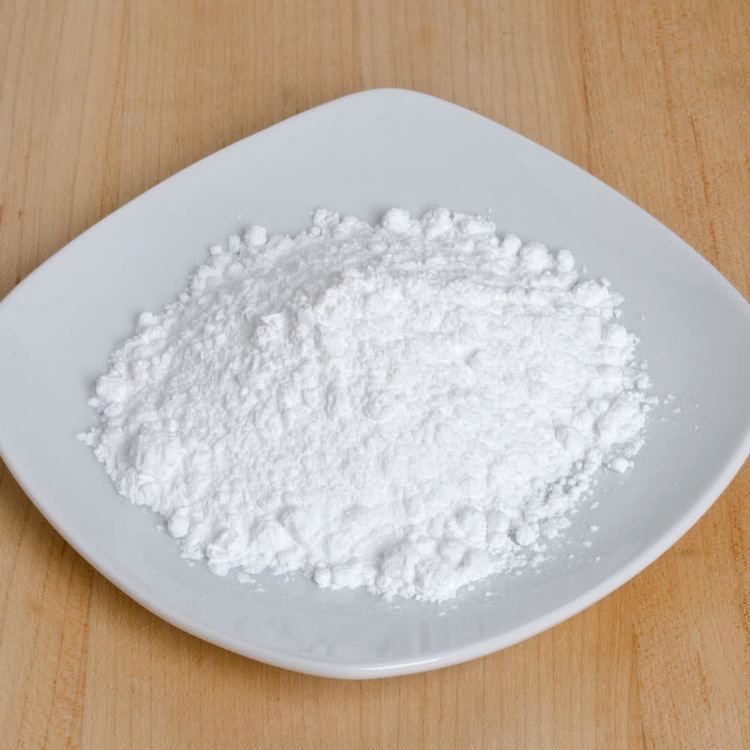 | ||
Similar Sugar, Icing, Flour, Butter, Baking powder | ||
How to make powdered sugar gemma s bold baking basics ep 22
Powdered sugar, also called confectioners' sugar, icing sugar, and icing cake, is a finely ground sugar produced by milling granulated sugar into a powdered state. It usually contains a small amount of anti-caking agent—usually cornstarch in North America, or tricalcium phosphate in other regions—to prevent clumping and improve flow. Although most often produced in a factory, powdered sugar can also be made by processing ordinary granulated sugar in a coffee grinder, or by crushing it by hand in a mortar and pestle.
Contents
- How to make powdered sugar gemma s bold baking basics ep 22
- How to make powdered sugar
- Other Varieties
- References
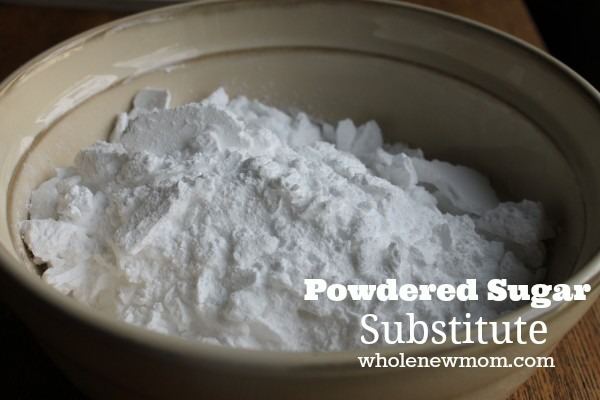
Powdered sugar is utilized in industrial food production when a quick-dissolving sugar is required. Home cooks use it principally to make icing or frosting and other cake decorations. It is often dusted onto baked goods to add a subtle sweetness and delicate decoration.

Powdered sugar is available in varying degrees of fineness, most commonly XXX, XXXX, and 10X: the greater the number of Xs, the finer the grain. Grains are in powdered sugar. Finer particles absorb more moisture, results in caking. Corn starch or tricalcium phosphate is added at 3 to 5% concentration to absorb moisture and to improve flow by reducing friction between sugar crystals.
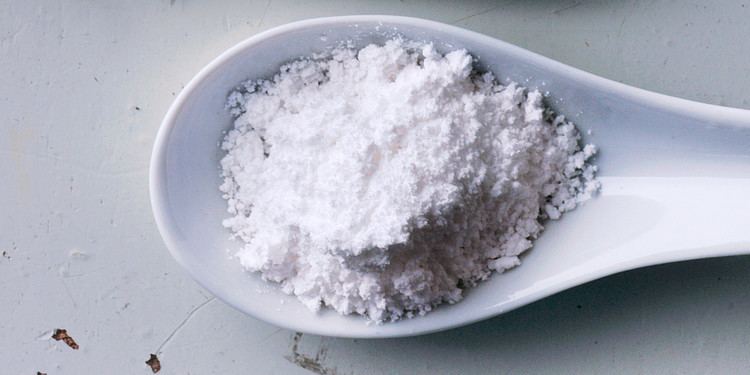
Powdered sugar contains corn starch to prevent caking; therefore it cannot always be used as a substitute for granulated sugar, such as in coffee or tea.
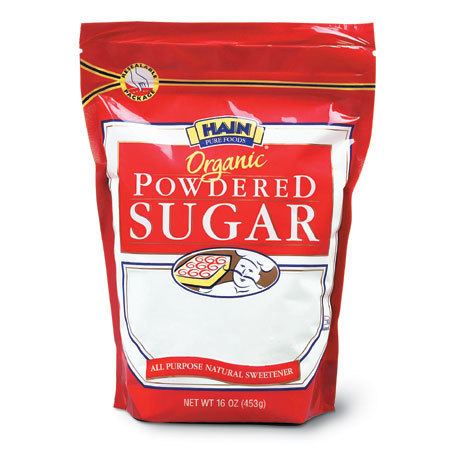
How to make powdered sugar
Other Varieties
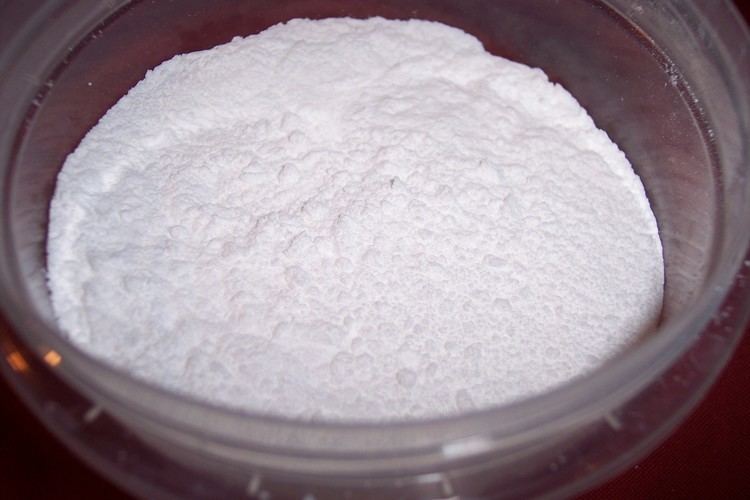
Caster sugar (also referred to as superfine or baker's sugar) has a larger particle size than powdered sugar, approximately half that of granulated sugar.
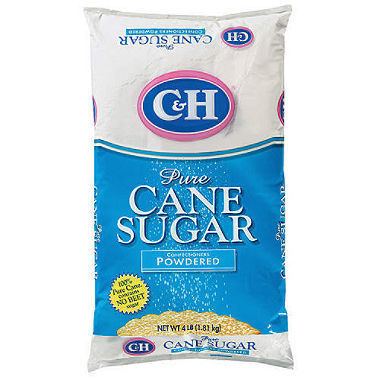
Snow powder (or snow sugar) is a non-melting form of icing sugar usually consisting of dextrose, starch and anti-binding agents, useful for retaining its structure when dusted onto cakes or pastries that require refrigeration. It is mostly used for decorative purposes.
